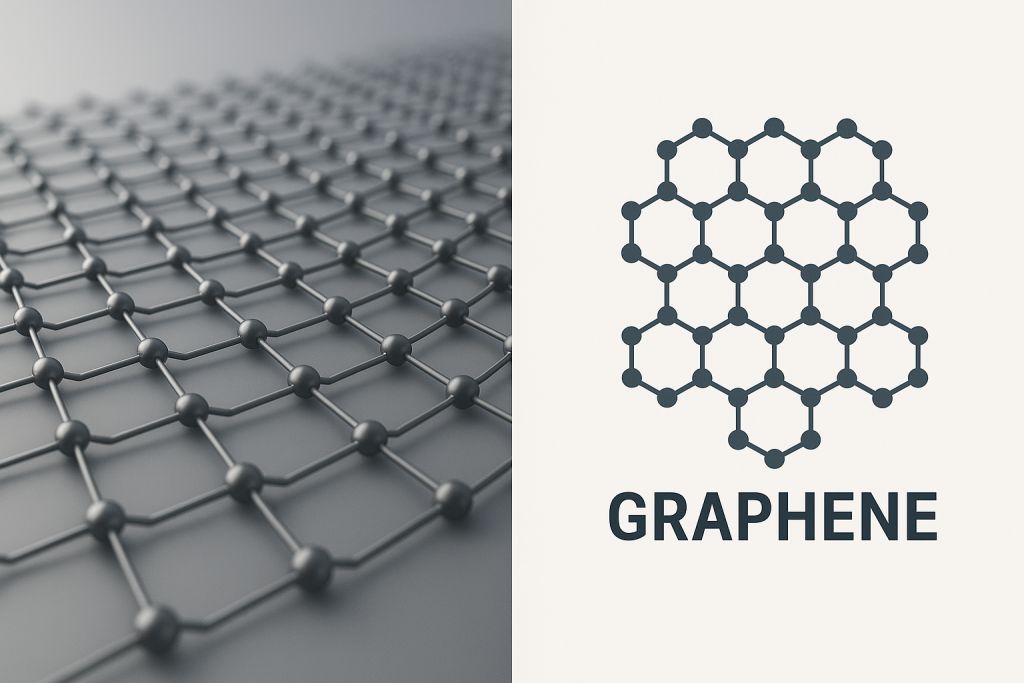How Graphene is Shaping the Future of Next-Generation Lithium Batteries
🔋 Introduction: The Race Toward Battery Innovation
As the world accelerates its transition to clean energy and electric mobility, lithium-ion battery technology sits at the heart of this transformation. But conventional battery materials face limitations: slow charging speeds, degradation over time, and limited energy density. The question is: What material can unlock the next leap forward?

The answer may lie in a single layer of carbon atoms: graphene.
🌌 Why Graphene? A Supermaterial with Superpowers
Graphene is often called a “wonder material” — and for good reason:
-
200 times stronger than steel
-
One of the most conductive materials on Earth
-
Ultrathin and flexible
-
Massive surface area (up to 2630 m²/g)
These properties make graphene ideal for enhancing both the anode and cathode in lithium-ion batteries.
⚡ Graphene in Lithium Battery Anodes
Traditionally, graphite is used in anodes. But it has limits in conductivity and lithium storage capacity. Graphene offers:
-
Higher conductivity → Faster electron transfer
-
Greater mechanical strength → Better resistance to volume changes during charge/discharge
-
Higher lithium-ion mobility → Faster charging and discharging
Graphene can be used alone or in hybrid materials, such as:
-
Silicon–Graphene Composites
Silicon has high theoretical capacity but suffers from expansion. Graphene buffers this expansion and enhances conductivity. -
Graphene-coated particles
Prevents degradation and improves interface stability.
🔬 Graphene in Cathodes and Solid-State Batteries
While less common, graphene is also being explored for:
-
Conductive additives in cathodes
Lower internal resistance, improved thermal management -
Solid-state electrolytes
In next-gen solid-state batteries, graphene derivatives like GO and rGO (reduced graphene oxide) can improve ion pathways and flexibility.
🌍 Industry Applications: From Labs to Markets
Several global companies and research institutions are already betting on graphene:
-
Tesla and CATL are exploring dry electrode tech that may incorporate graphene coatings.
-
Samsung Advanced Institute developed a graphene ball technology, boosting battery capacity by 45% and reducing charging time by 5x.
-
Chinese manufacturers are piloting graphene–lithium–sulfur and graphene–silicon hybrid batteries for EVs and drones.
The trend is clear: Graphene is moving from lab-scale to industrial-scale.
📈 Market Impact: The Graphene Battery Boom
According to IDTechEx, the graphene battery market could exceed $1 billion by 2030. Its adoption is being driven by:
-
EV fast-charging demand
-
Wearable electronics
-
Aerospace and military-grade batteries
-
Grid-level energy storage systems
As battery innovation becomes a national strategy in many countries (China, US, EU), graphene’s strategic role is expanding.
🧪 Challenges and What’s Next
Graphene is not without challenges:
-
Cost and scale-up issues
Mass production with consistent quality is still under development -
Interface engineering
Ensuring stable integration with other battery components
But with advances in CVD synthesis, flash Joule heating, and eco-friendly exfoliation methods, scalable graphene battery materials are becoming a reality.
🤝 Our Commitment at GrapheneRich NanoTech
At GrapheneRich, we are helping our partners accelerate graphene-based battery solutions:
-
High-purity graphene powders
-
Functionalized GO and rGO dispersions
-
Customized support for silicon-carbon composites
Whether you’re developing EV anodes, pouch cells, or next-gen solid-state batteries, we offer technical flexibility and commercial scalability.
📬 Let’s talk if you need samples, datasheets, or technical collaboration.
🏁 Conclusion: Is Graphene the Future?
Yes — and it’s already here.
Graphene won’t just improve lithium batteries. It will transform the speed, safety, and sustainability of energy storage for the next decade.
💡 The real question is: Will your product be part of the future — or left behind?

